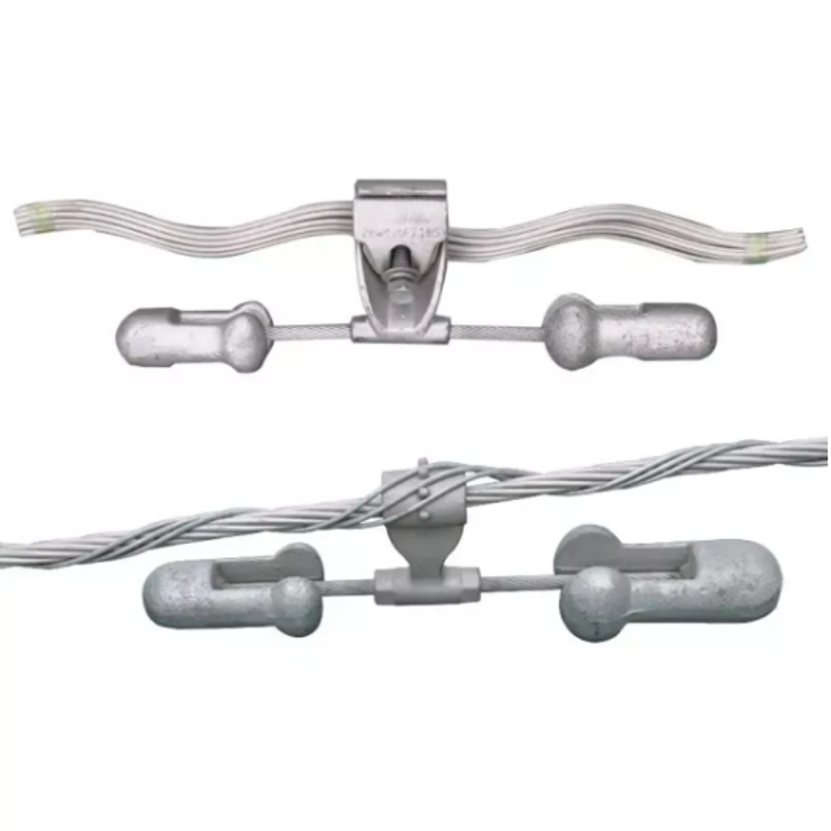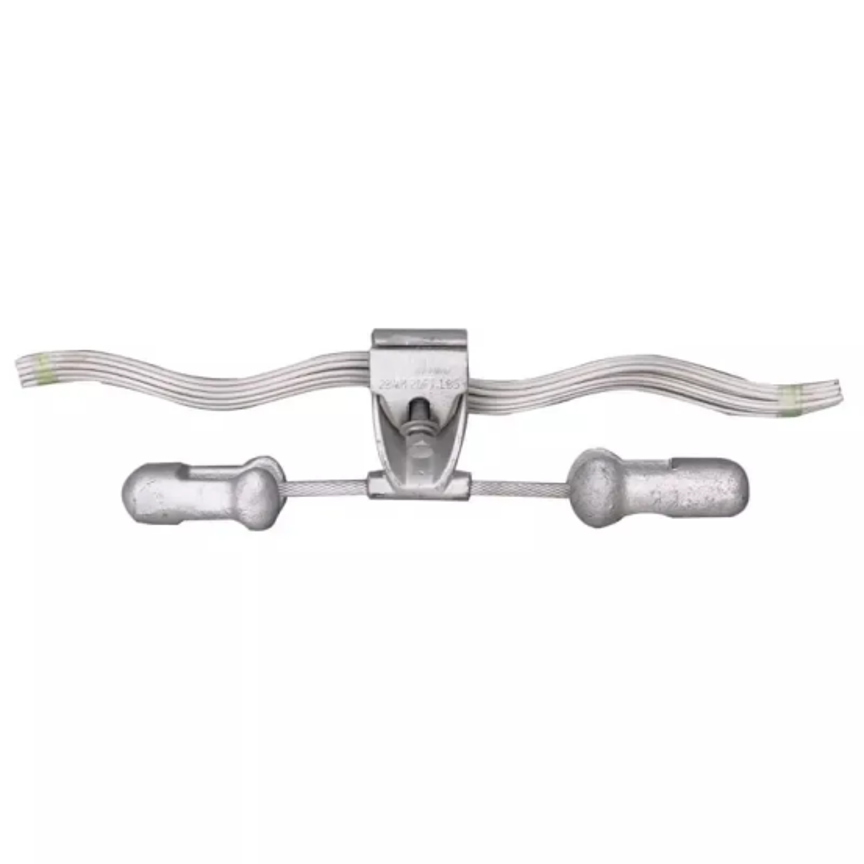
Transmission lines are used to transmit power or signals, mainly including power transmission and communication cables. Due to various unexpected factors, such as wind, the transmission line will inevitably generate vibration. However, excessive vibration of the line will cause equipment damage, even system failure, thus affecting the normal operation of the entire system. Therefore, it is necessary to use vibration dampers for smoothing out vibrations of the line. Although the vibration damper itself cannot block the vibration source, it is used to reduce the amplitude of the vibration.
Table of Contents
Types of Vibrations
There are three types of vibrations that affect the transmission line, namely simple swinging, aeolian vibration, and dancing or galloping of the conductor. Let’s have a short introduction to them.
1. Simple Swinging
The amplitude of simple swinging is very small, and the frequency is low. Actually, this kind of vibration usually does not produce a lot of harm to the conductors and does not cause any significant loss in the normal operation of the transmission line system. Generally speaking, this kind of vibration can be neglected, and the corresponding damping device can be excluded.
2. Aeolian Vibrations
Aeolian vibration is quite similar to simple swinging. However, compared to simple swinging, the frequency of aeolian vibration is higher, but the amplitude is quite the same. However, the speed of aeolian vibration is faster than simple swinging. In transmission lines, aeolian vibrations can cause damage to the conductor.
3. Dancing or Galloping of Conductor
The dancing or galloping of the conductor usually is caused by strong wind passing the line. Such vibrations can also occur during typhoons. It is a kind of low-frequency vibration with high amplitude, which will make the conductor move up or down for quite a distance from the original position. The galloping may cause the transmission line to fall down or become detached from its support, resulting in system failure.

How to Damp Out Vibration
Actually, there are different types of vibration damper mechanisms. The objective of any vibration damper is to stop vibrations from traveling along the main transmission line. Generally, most dampers in transmission lines follow the same principle:
1. A Light Anchor Clamp of Low Inertia Is Used
A light anchor clamp is attached to the transmission line, but it will have very little inertia. It is usually much shorter and lighter. The only function of the anchor clamp is to hold the system still while the vibration damper operates. There are many different types of anchor clamps, and each of them is designed according to the weight and strength of the transmission line that is to be used.
2. Reinforcement or Armor Rods Are Used
In order to help strengthen and protect the base of the transmission line, the reinforcement or armor rod is used. Reinforcement or armor rods are usually fitted between the anchor clamp and the transmission line. The thicker the reinforcement rod, the stronger it is. However, thicker reinforcement rods will take more weight off the transmission line. The basic role of the armor rod is to prevent sagging and buckling of the transmission line.
3. Dampers Are Used to Absorb the Vibrations
One end of the clamp is fixed to the transmission line with reinforcement or armor roads, and the other end is attached to the damper mechanism. The most commonly used Stockbridge damper mechanism has movable masses connected with an elastic cable, and masses move up and down when the vibration is transmitted to it. That way, it can convert vibration energy to heat energy, thus achieving the effect of damping out vibrations.
Vibration Dampers from Henvcon
Henvcon is a reputed company offering high-quality Stockbridge dampers with armor rods. Their Stockbridge dampers with armor rods have high efficiency and safety, which can prevent damage to the cables. The wire is made of quality steel that can withstand severe weather conditions, and the clamp is made of aluminum alloy that is corrosion and rust-resistant.
Henvcon’s Stockbridge dampers with armor rods are being used in transmission lines on both OPGW and ADSS cables around the world. With a frequency range from 3hz to 150hz, these dampers can reduce the vibration of the cable.
These dampers are also highly durable and have low maintenance. Moreover, the dampers with armor rods have a small size and compact design so that they are easy to install on the transmission lines.

Conclusion
Henvcon is a professional manufacturer of vibration dampers and has been working on vibration damper design and production for over 7 years. Their vibration dampers are widely used in various industries, such as communication and power transmission lines. All of their products are customizable according to your need and application requirements. With Henvcon, you can be assured of quality and high efficiency.